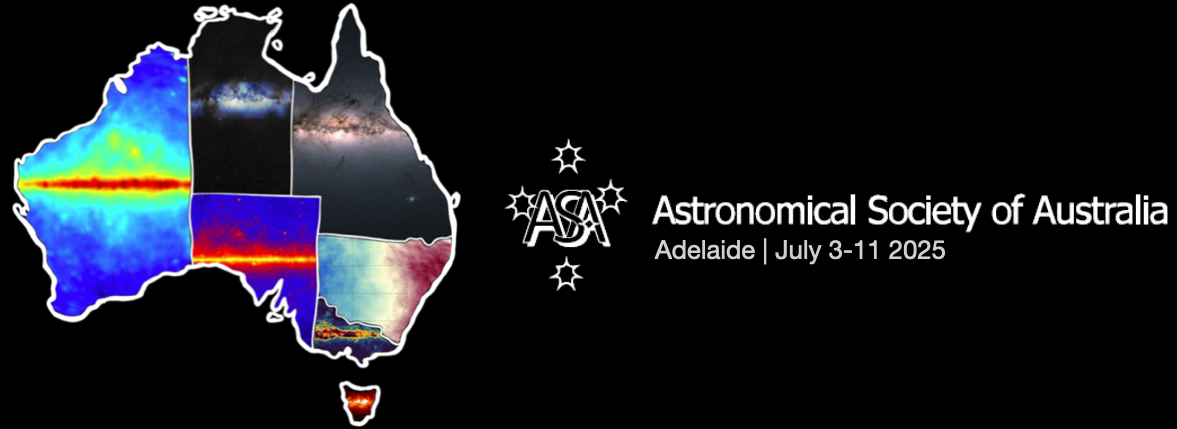Speaker
Description
Turbulence fundamentally shapes the density structure and star-formation activity of the interstellar medium, yet almost all evaluations of extragalactic star formation models assume a spatially uniform driving mode. In reality, the balance between solenoidal (divergence-free) and compressive (curl-free) forcing can vary on scales as small as individual molecular clouds, with profound consequences for gas fragmentation and star formation efficiency. With the precise, spatially resolved measurements of the driving mode of turbulence within a galaxy, we can now begin to refine star formation modelling further. In this talk I will present spatially resolved measurements of the turbulence driving parameter across the face of the large spiral galaxies NGC$~$7793 and NGC$~$1313. Using high-resolution CO$\,$($J=2-2$) maps from the Atacama Large Millimeter/submillimeter Array, I present the first full-galaxy measurements of the turbulence driving parameter in NGC$~$7793 and NGC$~$1313 complimenting the results from simulations, the Milky Way and its satellites. We find that arms, interarms, rings, and outskirts each exhibit distinct driving modes and turbulent conditions, implying that any realistic star-formation model must ingest spatially varying turbulence inputs. Going forward, incorporating the spatial variance of turbulent driving is essential to develop star formation models with unprecedented fidelity.

